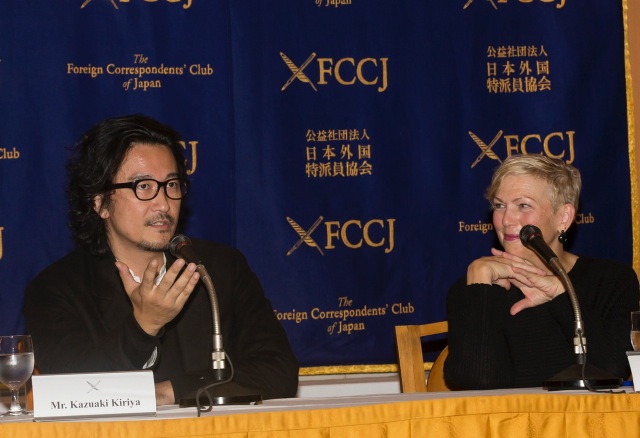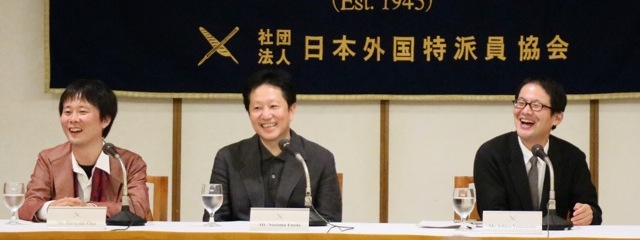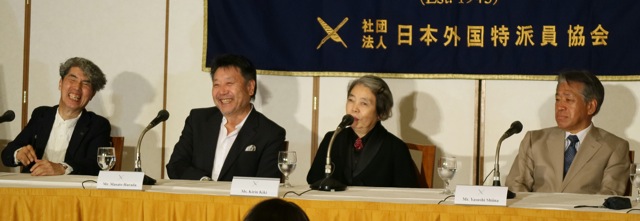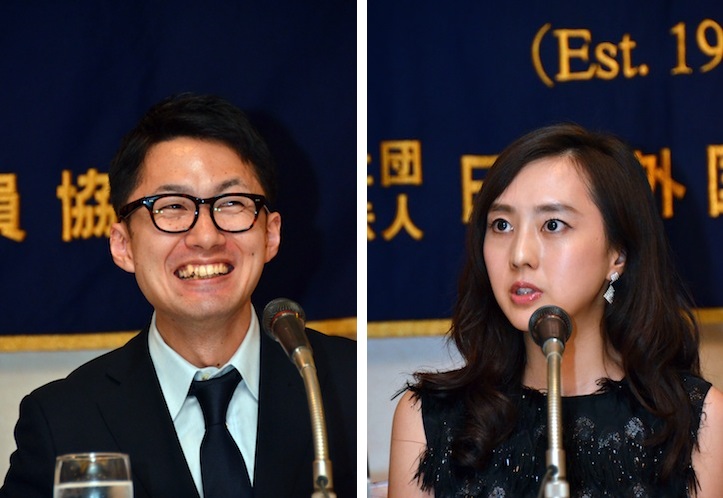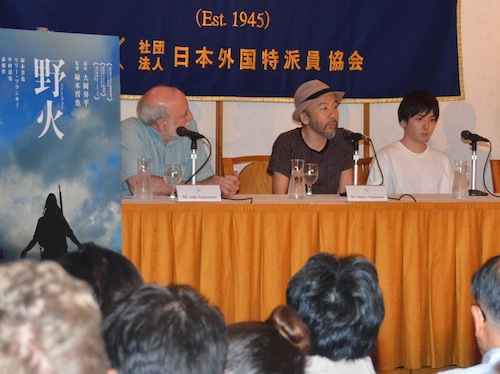THE ACTOR
Satoko Yokohama’s first indie feature, German + Rain, earned her an immediate following on the international film festival circuit in 2007. She solidified her reputation as one of Japan’s most gifted young creators with her Bare Essence of Life (aka Ultra Miracle Love Story, 2008), which premiered at the Toronto Film Festival, traveled extensively overseas, and reaped multiple awards, including the Best Actor at the Mainichi Film Awards for its star, Kenichi Matsuyama.
And then, suddenly, 7 years went by without a new Yokohama feature, although she continued to be active as a director of short films, music and behind-the-scenes videos.
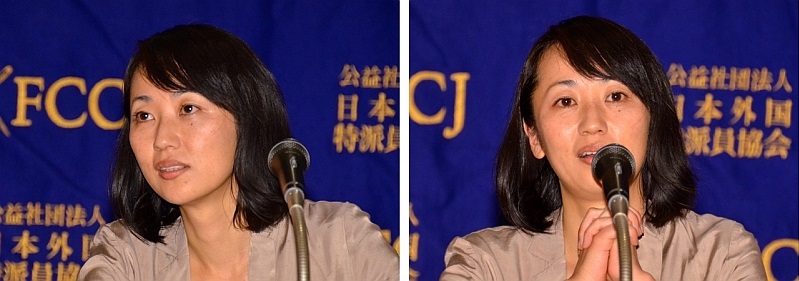
Satoko Yokohama finally returns with a new film. She's been much missed.
News of her selection to represent Japan in the Winds of Asia Section at the 2015 Tokyo International Film Festival last October was met with great anticipation, and The Actor was an immediate favorite among festivalgoers upon its premiere.


